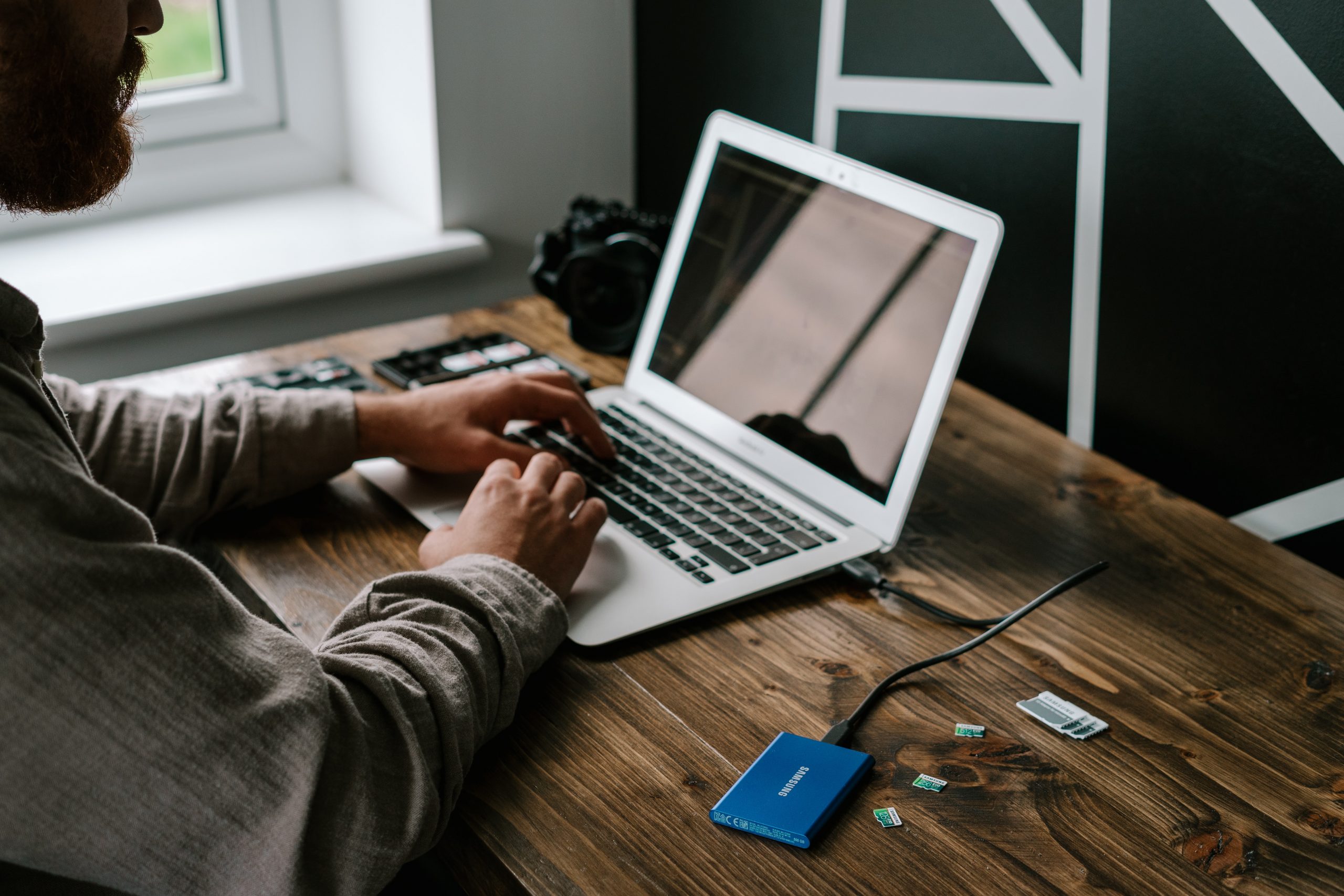Workflow
Workflows are essential for any project, and the number of steps included in each depends on the complexity of the project. In general, each photography process include pre-production, shooting, and post-production, with plenty of detailed steps in each stage.
Photography is both an art and a honed craft. It requires not only creativity, but also technical skills and an understanding of photoshoot concepts and the photography process.
Pulling together a professional photoshoot takes more than knowing which buttons to click on a camera—you’ll need to know how to nail every step of your photography workflow. I create a guide that will walk you through the steps of photography from start to finish.
I’ve put together a few simple tips here that will help you better prepare for your photo session. This will ensure an effective and harmonious running of the shoot. Maybe this is your first time in front of the camera so keep on reading and everything will be just fine.
Prepare Your Gear and Create a Plan

Photoshoots depend on having a game plan. For some photoshoots, going in with the plan is the best course of action. Some things I like to plan for my photoshoots are: location, time, model, and at least one or two outfits.
In this photoshoot process preparation phase, it’s also important to align expectations. If I shooting for a client, i discuss their goals and make sure you have everything you need to meet them before start to shoot.
Regardless of what i shooting, it’s helpful to have a shoot schedule and references, including the people or props that need to be involved for each.
Once that’s set, il also need to gather all my gear—lenses, tripods, lighting, and of course, camera. I always have another “backup” camera.Also my SD cards are empty and fully charged batteries.
Get Set Up and Capture Images

When i arrive at the shoot location, it’s time to scout out backdrops and other spots where i will capture images. Also i want to get my gear set out so it’s ready for me to grab when i need it—i’d hate to miss the perfect shot while digging for a different lens.
And while sticking to my references is helpful for making sure the day runs smoothly, i feel free to go off script when needed. I have the freedom to shoot anything that inspires me or roll with any unexpected events of the day.
It is so important when doing a photoshoot, especially with a model who’s building her photoshoot, to make sure you get a variety of photos for both you, and her, and your portfolio.
I promise that I will work hard to get the best results out of your session, but to achieve this, the responsibility lies not only in my hands, but also in yours. Only constructive cooperation will provide appropriate results. Think of what might please you and how the final result should look, only then will we achieve results that are satisfying for both you and me.
Organize and Sort Photos

The shoot is over, so now what does a photographer do? This is the time to make sense of what you have and organize your images. Though there are several photo organizing software systems to choose from, i use Adobe Lightroom for editing and categorization.
Photographers organize their photos in all kinds of ways. For example, you could create separate folders tagged by date, client, or specific keywords.
In addition to making logical sense of all of the images you have, it’s also your goal to weed through them, get rid of duplicates or photos that have mistakes, and keep only the best. The selection process is never easy. It can take me hours to choose the final photos that I want to retouch and edit.
After the shoot, I make the first selection of the images and present the results. Here the photos can be viewed before the retouching and can be ordered directly.
Back Up Images

You never know when a computer will crash or when something will corrupt your files, and you’d hate to lose all of your hard work. This is why your start to finish photography process must include backing up your data.
You should ideally have two different ways of backing up your photos to cover your bases, such as uploading them to a cloud storage system and keeping them on an external hard drive. It might seem like overkill, but knowing that your photos are safe will give you peace of mind.
Retouching and transfer

To make photos outstanding, photographers edit their work in post-production. By making adjustments, you can transform the entire picture.
There’s no one correct way to edit a photo—editing is an art form on its own and depends on your style and the complexity of the photograph.
You may simply crop photos to bring attention to a subject or reduce background distractions. Or, you might choose to do skin retouching, adjust a photo’s brightness, or straighten an image to level its horizon.
I can pinpoint certain colors in your photo and then make adjustments only to those colors.
The actual retouching is performed after the order is made. All images can be orederd both in black and white, and color. I save the files for a maximum period of one year, after which they are deleted so the images can be purchased during this time frame.

